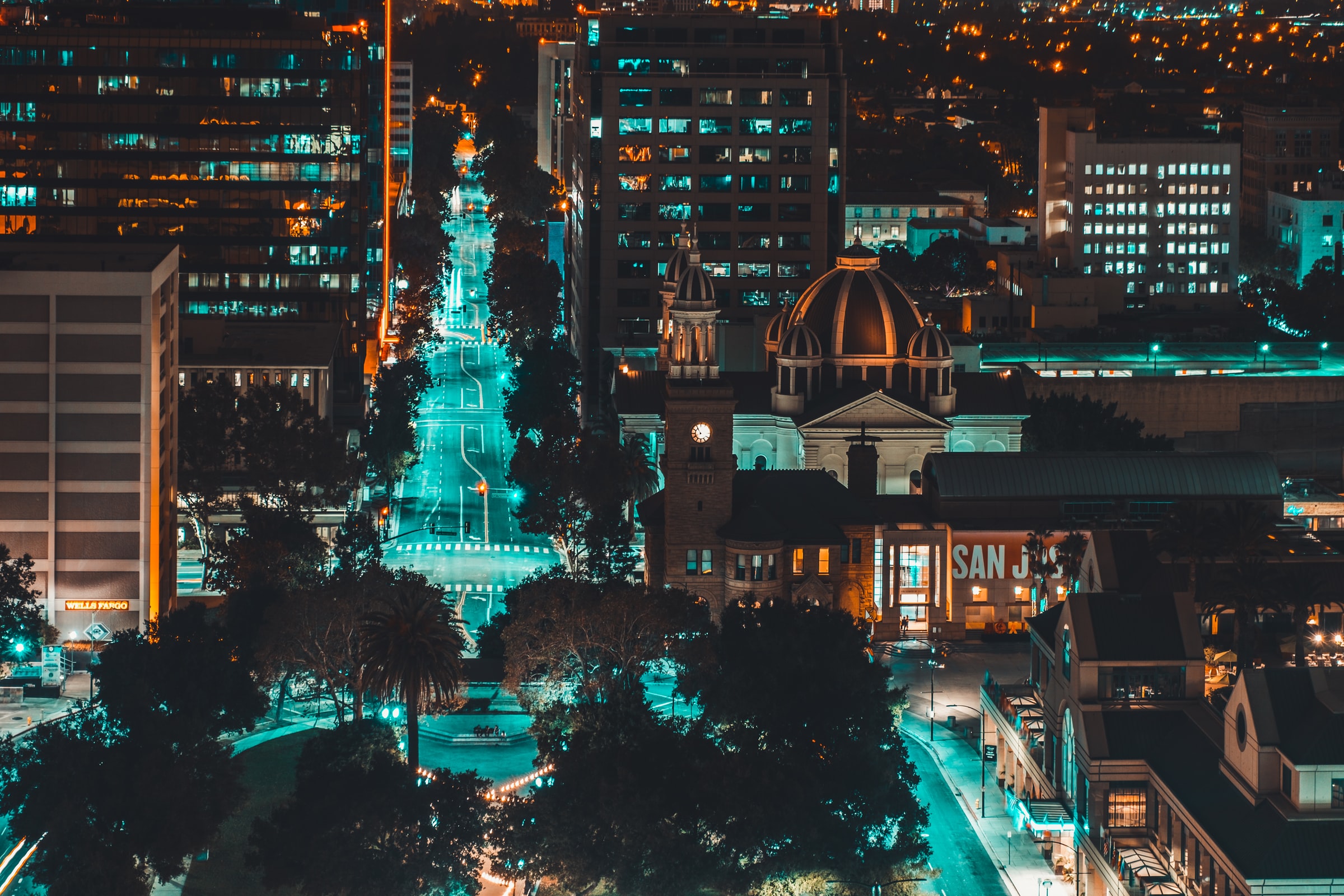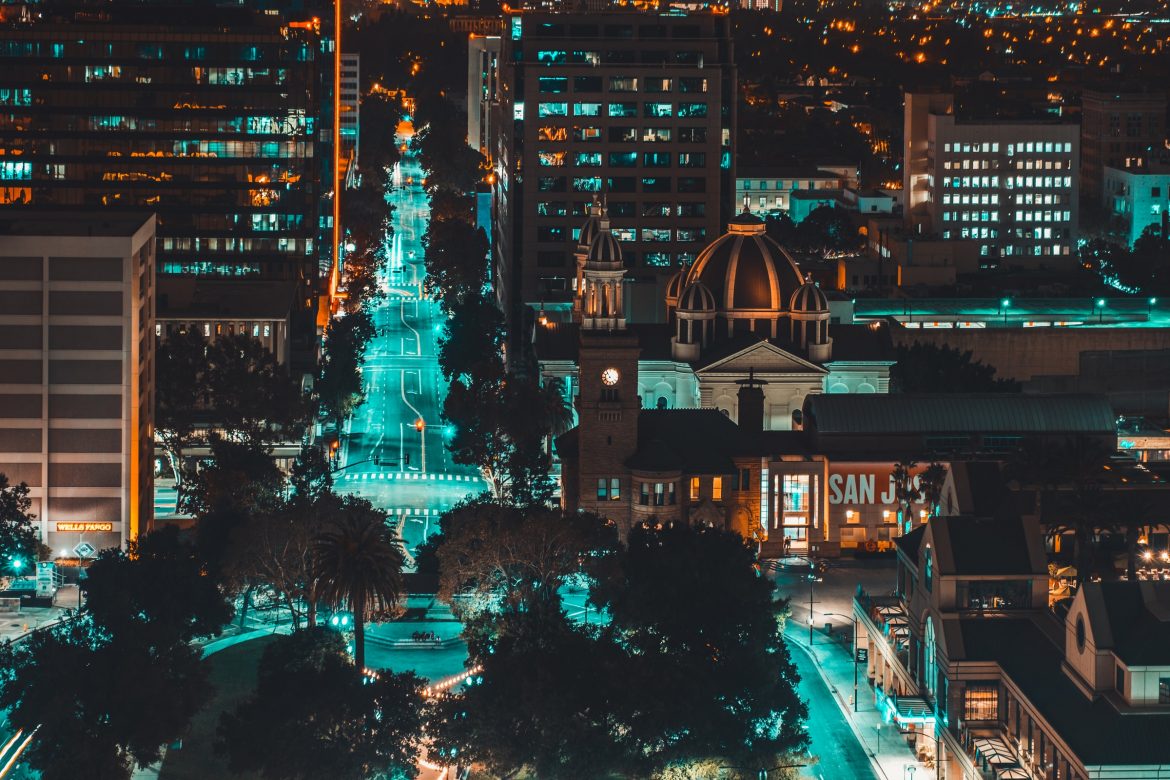Help the city fight climate change by commenting on the draft Existing Building Electrification Plan, which will empower locals to electrify their homes and businesses.
The NRDC Action Fund is driving climate action in cities across the country through the American Cities Climate Challenge.
San José, California, is tackling its second-largest source of carbon emissions—the energy used in buildings—with a thoughtful new approach. The Framework for Existing Building Electrification, which was co-created with local community groups, makes recommendations to transition the energy used in buildings from “natural” gas, or methane, a fracked fossil fuel, to clean electricity, and how to do it in an equitable way. This framework is going to the city council — along with other two major climate actions — on June 14. You can help: Tell the City Council to vote Yes on climate action June 14!
In San José, the use of gas (methane) in buildings—largely for space and water heating—is the second-largest source of greenhouse gas emissions.
- As of 2020, new buildings in San José already have to be built all-electric.
- Now, the city has turned its attention to a bigger source of emissions: existing buildings.
The plan seeks to help the owners of apartments, houses, and businesses to electrify all of these buildings. Switching from fossil fuel gas to electricity will dramatically reduce carbon emissions because the city’s electricity provider, San José Clean Energy, already gets 95 percent of its energy from renewable sources.
Helping San José get ready—thoughtfully—for a clean energy future
Building electrification is coming. Over the next few years, the state of California will invest billions of dollars to accelerate the adoption of electric technologies; create thousands of jobs; and make significant upgrades to modernize the electric grid to support this transition.
The Framework for Existing Building Electrification aims to help residents, business owners, and job seekers get ready. It recommends ways for San José to:
- Raise awareness of the negative health and climate impacts of using gas;
- Encourage the growth of high-quality local jobs in building electrification;
- Reduce housing and energy costs through new supportive city programs; and
- Increase and broaden access to clean, affordable, reliable energy.
Prioritizing both equity and climate goals
To create the plan, the city worked in partnership with the Building Electrification Institute (BEI), ICAN, and Veggielution, over seven months of engagement and cocreation. San José’s approach to planning for an equitable transition to electrification included:
- Collaborating with local organizations that work closely with historically marginalized communities to identify key priorities and concerns around building electrification;
- Identifying needed programs and policies based on those priorities and community feedback;
- Focusing on strategies to increase access to building electrification technology and financing in historically marginalized communities; and
- Considering ways to mitigate potential risks (e.g., anti-displacement policies).
This process highlighted both potential benefits and risks to San José communities, which led the city to focus most of its plan on programs, incentives, and recommendations for future planning and policies.
Cleaner air and healthier homes
The climate benefits of switching from fossil gas to electricity are reason enough to electrify, but the benefits go beyond climate to clean air and better health.
Gas appliances produce toxic gases that can lead to respiratory illnesses such as asthma, particularly for children. Removing gas appliances from the home improves indoor air quality. Historically marginalized communities are disproportionately impacted by poor air quality and rates of asthma; these communities should receive the air quality and health benefits of going electric.
Cost savings and new jobs
In addition to seeking to improve health, San José’s Building Electrification Framework also looks at how electrification can be a tool to boost economic prosperity.
More than 1 in 10 San José households bear a high “energy burden,” spending more than 6 percent of their income on utility bills. Modern electric appliances are much more energy efficient than gas appliances, so most homes that go all-electric save money on utility bills. When considering electric upgrades, it is also important to explore energy efficiency measures to ensure savings, and the plan makes specific recommendations on how the city can support these efficiency upgrades.
Building electrification is a rapidly growing field that is transforming the building workforce with green, local jobs. Historically marginalized community members can benefit from these new opportunities. The electrification plan also emphasizes the need to support workers in fossil fuel energy with a workforce transition strategy.
Support the plan for a clean energy future
San José’s Framework for Existing Building Electrification seeks to make electrification more accessible to all, so the benefits of clean energy use are shared community-wide. You can help support a safer climate, healthier air, and cleaner energy for local residents. This framework is one of three major climate actions going to City Council June 14: Please speak up to tell the Council to vote YES on all three climate actions!


